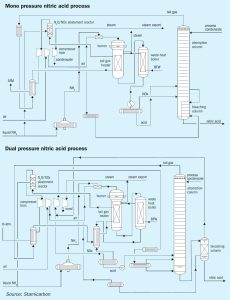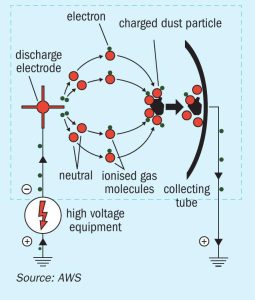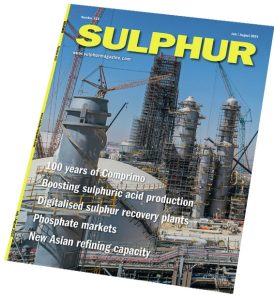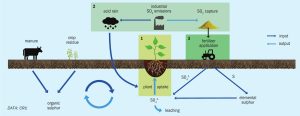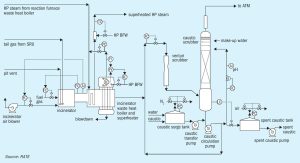
Catalyst systems for N2O abatement
Innovative catalyst systems from Heraeus and Łukasiewicz Research Network – New Chemical Syntheses Institute contribute to reach climate goals by reducing N2 O emissions during nitric acid production. Dr Uwe Jantsch and Jens Hesse of Heraeus Precious Metals report on the process performance results achieved for N2 O reduction in nitric acid production using FTC gauze systems and iron oxide based secondary catalysts.

